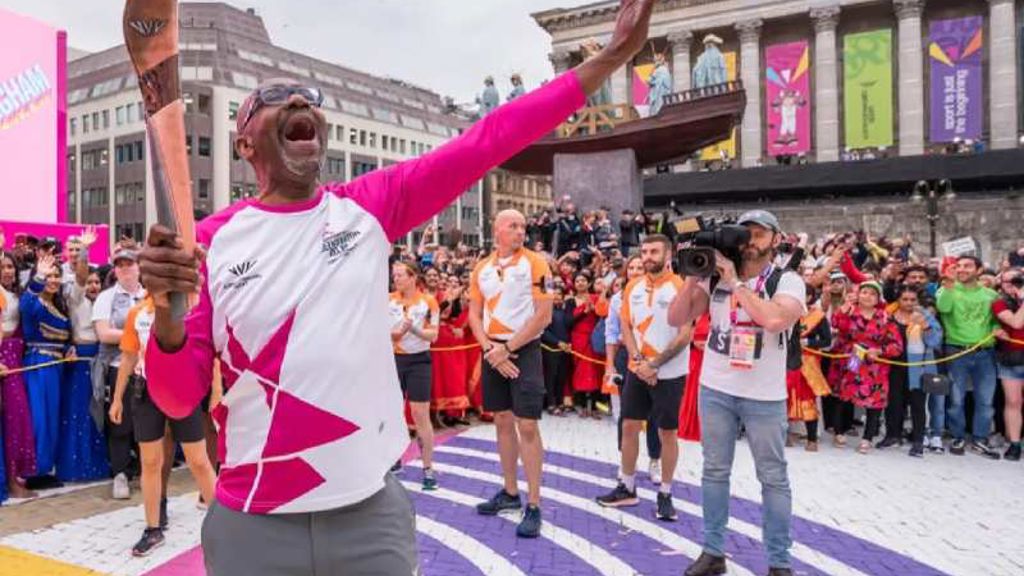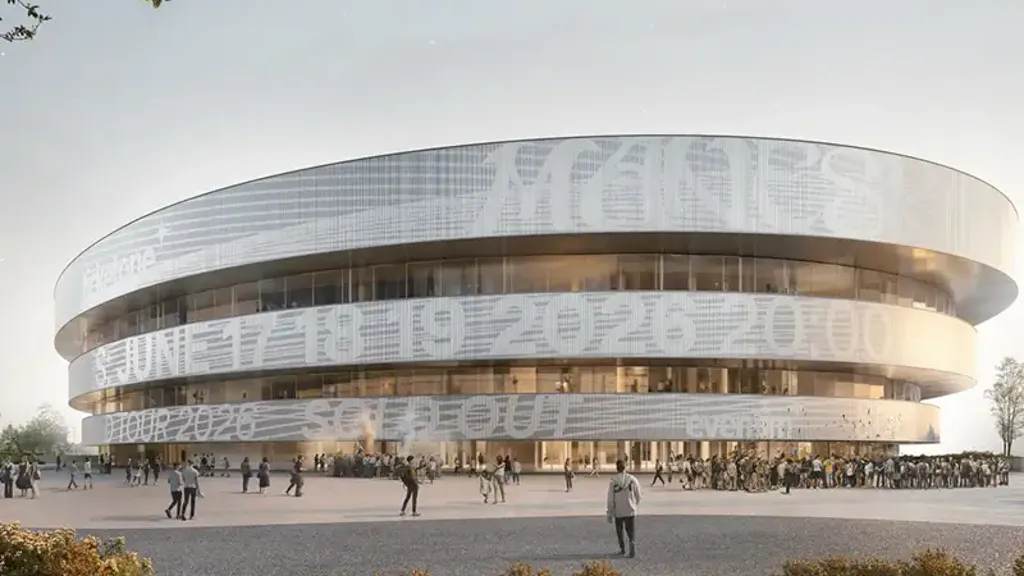Converting the City of Manchester Stadium from an athletics venue to the home of a premier league football club
Etihad Stadium

What we delivered
-
Creating a stadium to become a ‘legacy’ for the City of Manchester that is a catalyst for regeneration.
-
Demonstrating the potential for flexibility through a staged process of construction, enabling use for distinct sequential events that required different capacity and configuration processes.
-
Implementing a successful two-stage design approach to enable the stadium to meet its initial requirements as an athletics venue, before adaptation to its permanent use for football.
Get in touch with our team
The City of Manchester Stadium was constructed for single use during the 2002 XVII Commonwealth Games, however the terms of its creation resulted in a legacy for the city of Manchester that is viable, iconic, and a catalyst for regeneration. After the 10-day event, the Stadium was transformed to house Manchester City Football Club as a hub for sporting excellence, as well as a ‘neutral’ venue in major cup competitions and occasional concerts.
The economics of the Commonwealth Games were largely driven by television viewing figures. Temporary stands and facilities that were required for the smooth running of the event were designed to be mostly off camera during the spectacular opening and closing ceremonies, and track finals. UK Premier League football clubs, on the other hand, rely far more heavily on ticket sales for their income, which meant that some temporary facilities acceptable for the Games would not fit the needs of the club.
The project demonstrates the potential to design for flexibility through a staged process of construction, enabling use for distinct sequential events, each requiring a significantly different capacity and configuration.
Architectural form
The stadium’s striking sculptural form is visible as guests approach the building, with views towards it terminating the key view corridors and helping to define its sense of place. The building also responds to local context – the canal corridor and the housing south of Ashton New Road.
The elliptical form is oriented to place the stadium's tallest parts in the middle of the site, while the lower northern and southern aspects acknowledge the sensitive neighbouring uses. The stadium’s objective to be part of a lively local setting is partly assured by its incorporation in the new SportCity complex, with leisure and residential functions that are included in the overall development
Optimised viewing conditions
The column-free, cable-net roof enables spectators from all seats to view the track, pitch or arena without obstructions. This is aided by a recessed tread on the gangways that reduces adjacent handrail heights and ensures uninterrupted viewing. The resulting views of the stadium from the stand, with the sweeping arcs of the lower tiers and the roof, are exhilarating.
The required seating bias determined a bowl with high sides on the east and west and low ends on the north and south, allowing a single roof geometry to cover all seating. The structure leaves large areas in the corners for pitch ventilation when the stadium is not in use. The high sides offer players and spectators protection from prevailing winds and low sun angles, whilst enabling the majority of seats to be in the areas most favoured.
The low sides allow maximum sun onto the grassed pitch, with the viewing experience set by these conditions enhanced by the natural light that suffuses the stands, entering through the upper edge of the concrete bowl, the roof opening and the roof's transparent inside edge.


From a Commonwealth Stadium to a Football Stadium
A successful two-stage design approach enabled the stadium to meet its initial requirements as an athletics venue, before adaptation for its permanent use for football. To provide the running track for the Commonwealth Games, the stadium had to be elongated. The first stage of construction involved completion of three sides of the permanent stadium, with a temporary stand to make up the rest of the seating for the Games’ duration.
In the second phase, the track was removed, the ground was lowered by 6m (with 90,000 m3 of earth removed), and a lower section was installed to provide 24 additional rows of seating when the temporary stand was replaced. The bowl, which first covered three-quarters of the stadium in a horseshoe shape, was completed for the football stadium. The primary mast and cable structural system, totally independent of the roof plate structure, was fully constructed in the initial phase.
The secondary structure was finalised with the construction of the north stand in the second phase. The project shows the value that can be attained by strategic design, avoiding the redundancy associated with large one-off events.
Comfort, convenience and safety
In its effective conception for crowd management, the stadium's circulation system design is pivotal. An entry ramps allow crowds to enter and leave the stadium quickly and safely, and their gentle gradient facilitates wheelchair access. Innovation in turnstile design, configured with a 120° rotor arm, offers users increased space upon entry. These factors combine to provide a reassuring arrival experience, and reduces queuing times and pre-match agitation, which in turn decreases operational costs as ticketing controllers are not required.
An innovative fire strategy, using double roller shutters without a sprinkler system and containing many services in the towers, enabled the creation of continuous concourses. These allow for mass evacuation and provide large, uncluttered spaces for ease of movement to the concessions and WCs around the building, avoiding the typical half-time scramble for refreshment and relief. These spacious ‘street’ concourses meet the project objectives for coherence, clarity and user amenity.

Architect: KSS Architects Ltd / Contractor: Lain Construction Ltd
Projects
Explore more sport projects

Supporting Birmingham as bold 2022 Commonwealth Games hosts
Birmingham 2022, United Kingdom

Realising the ‘Pearl of the Orient’
Kai Tak Stadium, Hong Kong

Realizing a sustainable, world-class athletic facility through innovative mass timber design and energy-efficient mechanical systems
San Antonio Spurs Victory Capital Performance Center, United States of America

Sustainable design for Italy's largest indoor venue
CTS Eventim Arena, Italy
Get in touch with us
If you'd like to speak to one of our sport experts about any of the issues raised on this page or a potential collaboration then please get in touch by completing the form.

